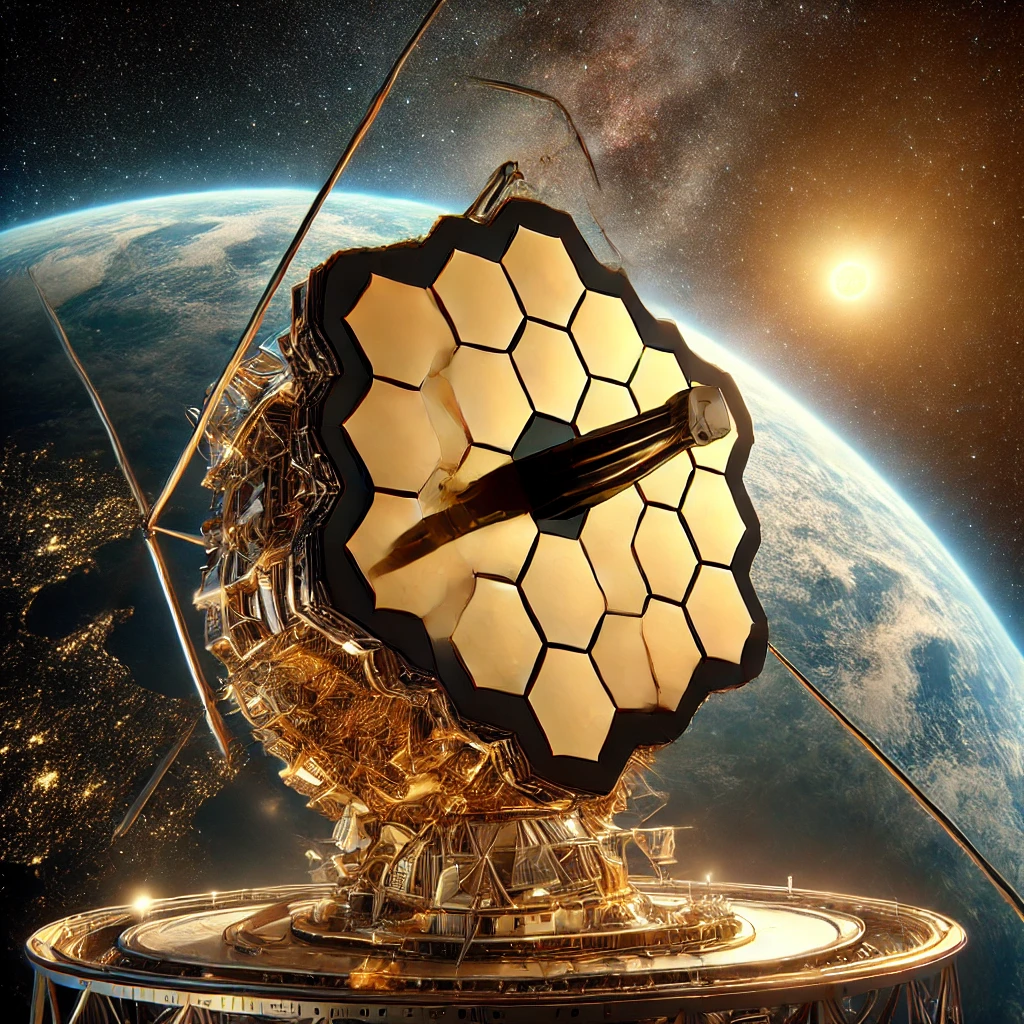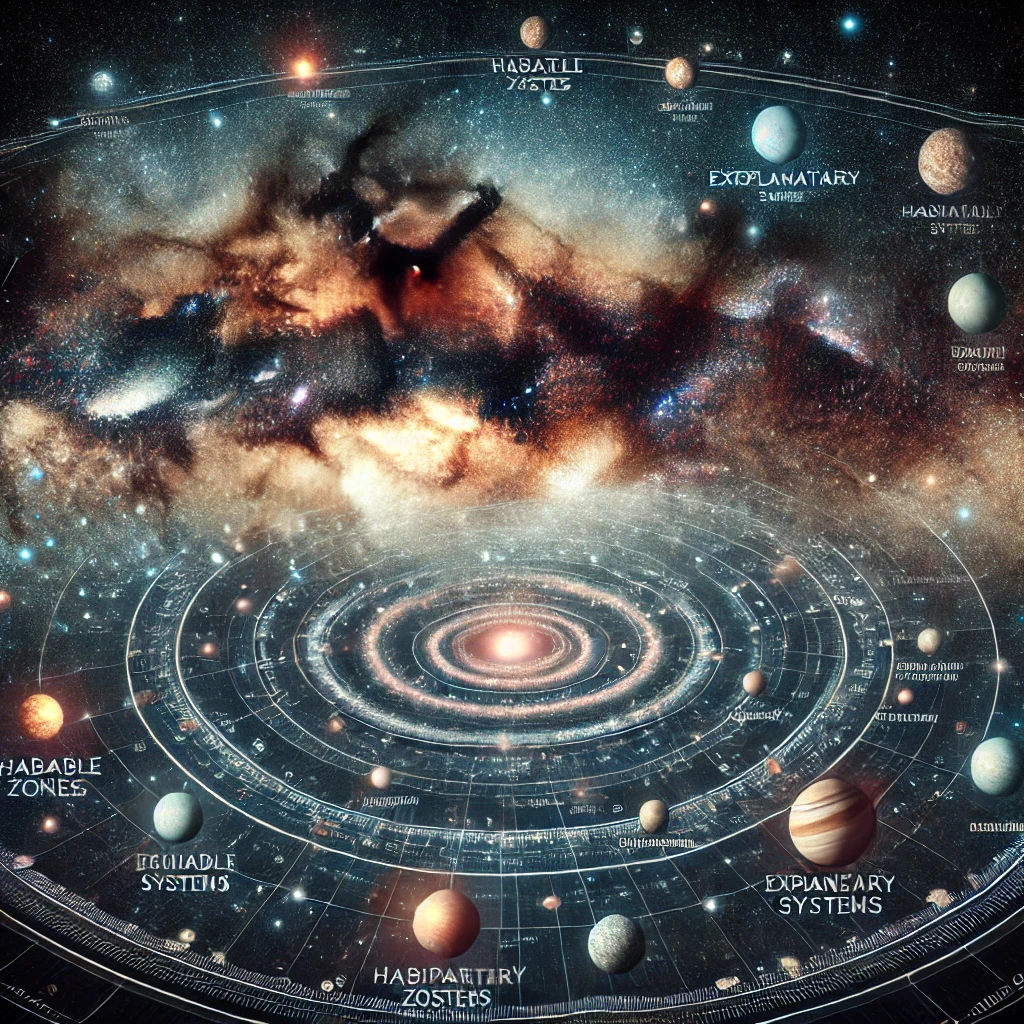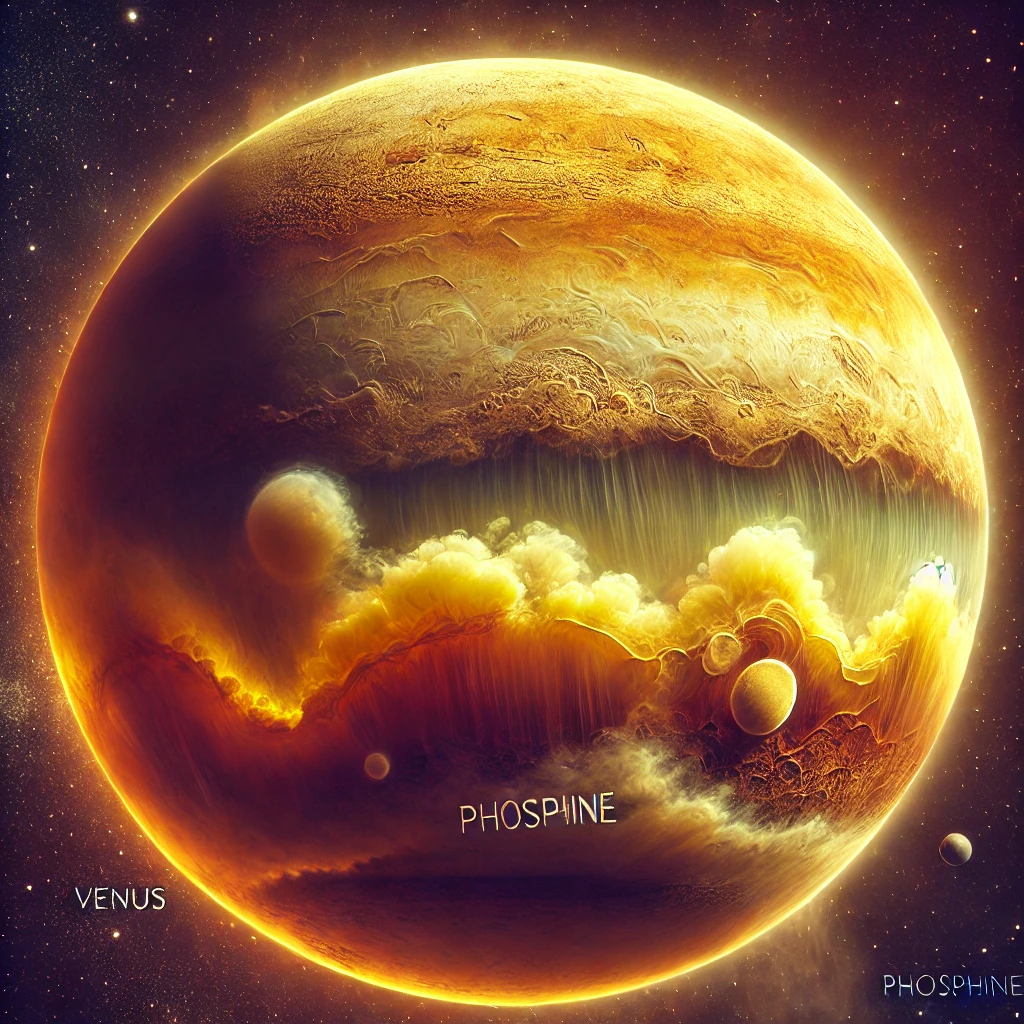Alien Life: The Search Continues to Be Unabated
The quest to answer the age-old question, “Are we alone in the universe?” has captured humanity’s imagination for centuries. From ancient myths to modern science fiction, the possibility of alien life has sparked wonder and curiosity. In recent decades, advancements in technology and exploration have transformed this age-old question into a rigorous scientific endeavor. The search for extraterrestrial life is no longer the realm of speculation but a dynamic field that continues to evolve.

Why Search for Alien Life?
The search for alien life is more than a scientific curiosity; it is a profound exploration of our place in the cosmos. The discovery of extraterrestrial life would reshape our understanding of biology, evolution, and even the origins of life itself. Scientists believe that uncovering alien life—even microbial organisms—could answer fundamental questions about the universality of life processes.
In the words of the late astrophysicist Carl Sagan, “The universe is a pretty big place. If it’s just us, seems like an awful waste of space.” With billions of galaxies, each containing billions of stars and planets, the probability of life beyond Earth seems more plausible than ever.
The Tools of the Trade: Searching for Signs of Life

1. Telescopes and Space Probes
Modern telescopes, such as the James Webb Space Telescope (JWST) and the Hubble Space Telescope, have opened a window to distant exoplanets. These advanced instruments detect planets in the habitable zones of stars—regions where liquid water could exist—and analyze their atmospheres for potential biosignatures like oxygen, methane, and water vapor. Space probes like NASA’s Perseverance Rover continue to explore Mars for signs of past microbial life. Europa Clipper and Dragonfly missions are set to investigate moons like Europa and Titan, which may harbor subsurface oceans conducive to life.
2. Radio Signal Detection
The Search for Extraterrestrial Intelligence (SETI) relies on radio telescopes to detect signals from intelligent civilizations. While the infamous “Wow! signal” of 1977 remains unexplained, advancements in signal processing and artificial intelligence increase the chances of identifying deliberate communications from otherworldly sources.
3. Astrobiology and Biosignature Studies
Astrobiologists study extreme environments on Earth to understand where life might thrive in alien conditions. From the hydrothermal vents of the deep ocean to the acidic lakes of Yellowstone, Earth’s extremophiles demonstrate that life can adapt to conditions once thought uninhabitable. Recent Discoveries
Exoplanets in the Spotlight
The discovery of thousands of exoplanets has been a game-changer. In 2020, researchers identified a planet in the habitable zone of the star TOI 700, showing Earth-like qualities. Other exciting candidates include Proxima b and the TRAPPIST-1 system, which features seven Earth-sized planets.
Phosphine on Venus?
In 2020, astronomers detected phosphine gas in the clouds of Venus, sparking debates about its potential biological origin. Although later studies questioned this finding, the discovery rekindled interest in Venus as a potential cradle of life.


Challenges and Controversies
The search for alien life is fraught with challenges. One of the biggest hurdles is distinguishing biological signals from abiotic processes. For example, methane, a potential biosignature, can be produced by both living organisms and geological activity.
Funding also poses a challenge. While space agencies like NASA and ESA prioritize missions related to astrobiology, the vast scope of the search requires significant resources and international collaboration.
Moreover, the interpretation of findings often leads to controversy. For instance, the 1996 announcement of possible fossilized bacteria in Martian meteorite ALH84001 remains a topic of debate.
What If We Find Alien Life?
The implications of discovering alien life are profound. Microbial life would expand our understanding of biology, while intelligent life could revolutionize our perspective on ethics, culture, and technology. Governments and institutions have prepared protocols for handling such discoveries, emphasizing transparency and global cooperation.
However, questions linger: How would humanity react to the news? Would it unite us in awe, or lead to fear and division? Philosophical and theological debates are bound to emerge as humanity grapples with its place in the universe.
Why the Search Will Continue
Despite uncertainties, the search for alien life remains unabated. As technology advances, new methods and missions promise to push the boundaries of our knowledge. From the potential habitability of exoplanets to the mysteries of ocean worlds, every discovery brings us closer to answering one of humanity’s greatest questions.
Conclusion
The search for alien life is a journey that blends science, philosophy, and human curiosity. While definitive proof remains elusive, the evidence suggests we are on the brink of transformative discoveries. Whether through the detection of microbial organisms or intelligent civilizations, the quest for alien life holds the promise of reshaping humanity’s understanding of the universe and its place within it.
- NASA’s Astrobiology Program: https://astrobiology.nasa.gov/
- SETI Institute: https://www.seti.org/
- European Space Agency (ESA) Science: https://sci.esa.int/
- Harvard-Smithsonian Center for Astrophysics: https://www.cfa.harvard.edu/
- Science Magazine – Astrobiology Section: https://www.science.org/journal/science



